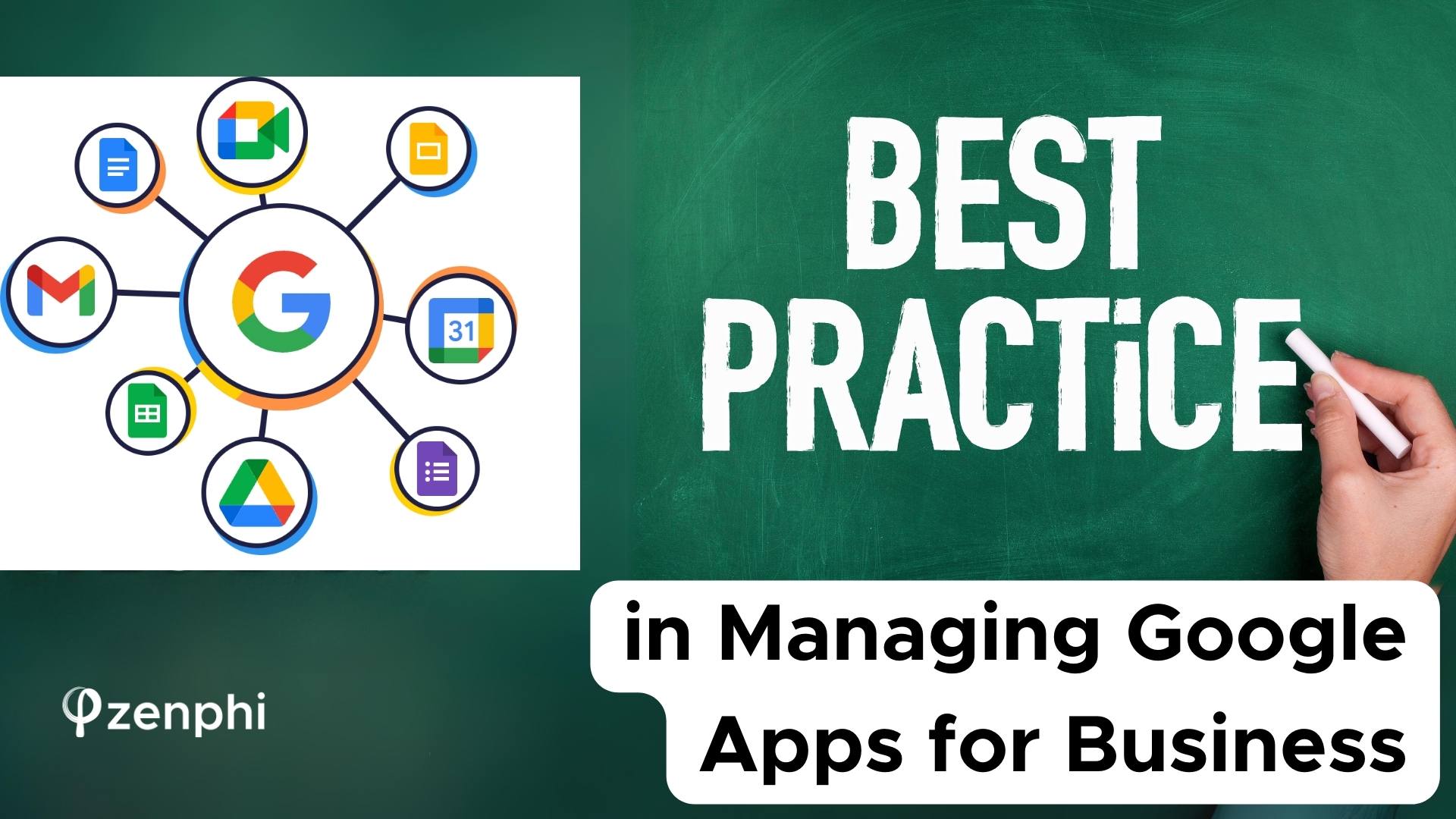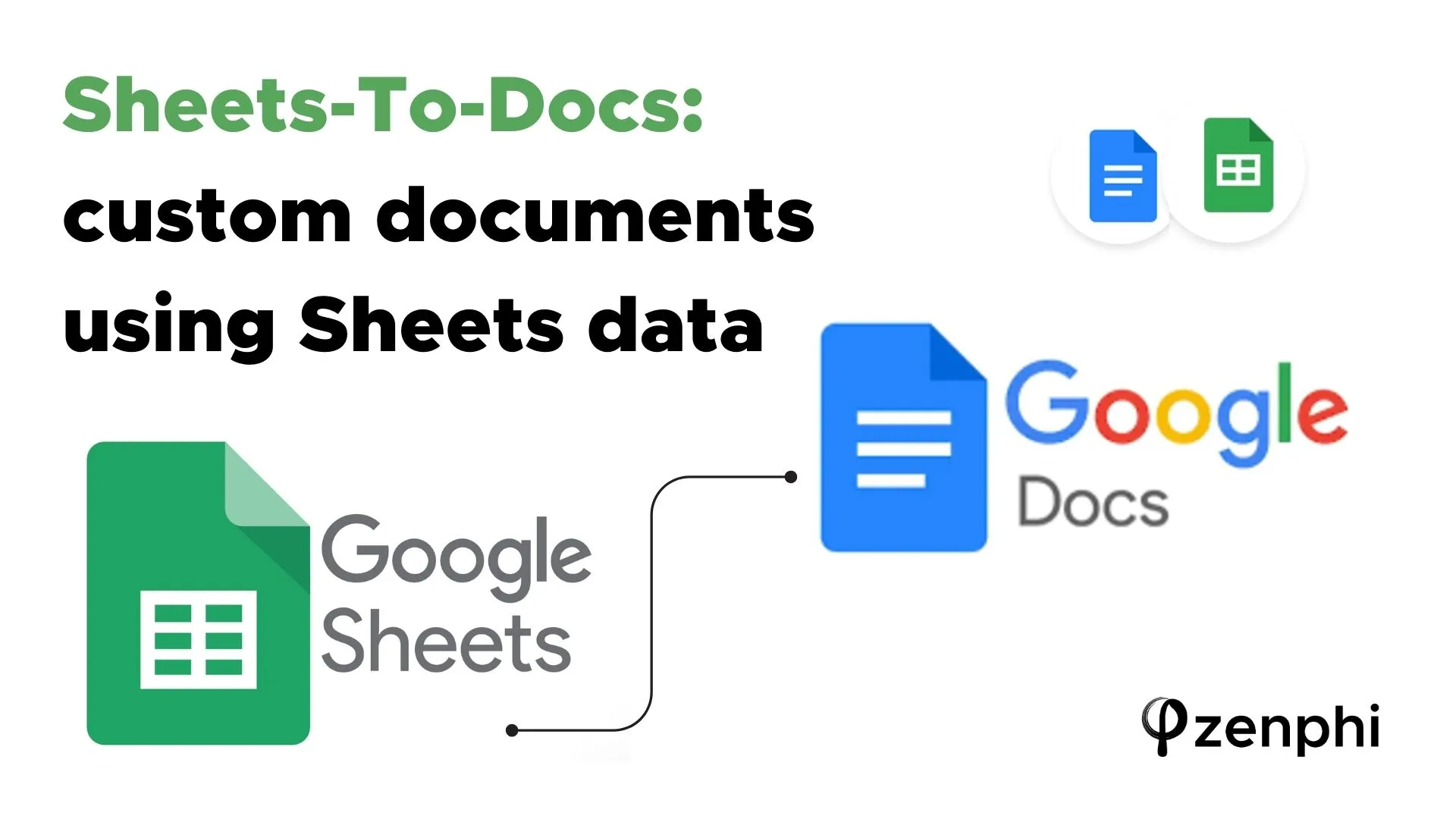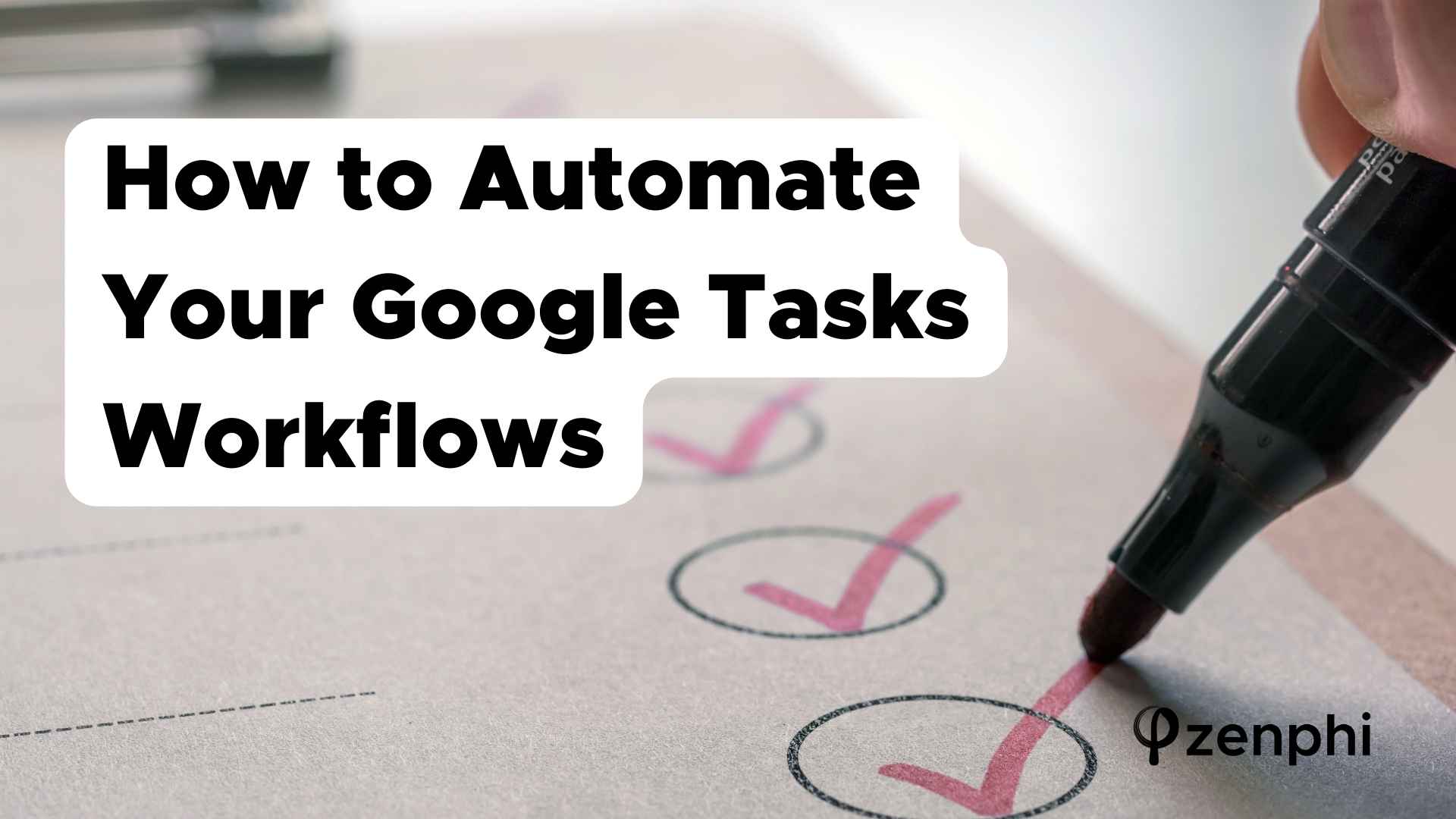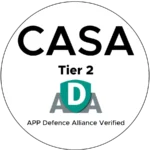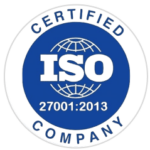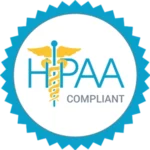Table of Contents
Google Apps For Business vs Google Apps For Personal Use
In the heart of Silicon Valley, a small startup named TechFlow began its journey with a clear vision but limited resources. Like many others in its early days, TechFlow relied heavily on free or low-cost tools for managing its operations, with team members using Notion for project management, Airtable for tracking customers onboarding, Canva for design, and Gmail for communication with prospects and leads. From email to document sharing, pretty much every flow was built as a response to the immediate circumstances, and did not follow any specific strategy. Sounds familiar, right?
What else could resonate with many businesses on a stage a bit later than the initial growth is the fact that this approach, while cost-effective initially, starts presenting significant challenges as the company begins to scale. Disjointed communication, inefficient collaboration, and a lack of centralized information accessibility — here’s a concerning though incomplete list of issues every business usually faces when information flows and data is not stored and manage strategically. Next step – is when the absence of proper strategy around data management becomes a critical concern as a business starts handling sensitive client data.
Eventually, every organization, after reaching a certain stage of maturity, comes to realize that being strategic about the tech stack that processes and stores data, is crucial. And as Google Workspace is one of the most popular and widely used platforms for businesses of all sizes, we decided to cover the best practices in managing Google Apps for business in this blog post. Let’s dive in and discuss how and why the fastest growing companies apply certain approaches to managing Google Apps.
The best practice of using Google Apps for business #1: Build an ecosystem, not just “use the apps”
Building a cohesive ecosystem rather than relying on disjointed applications is a fundamental best practice for businesses leveraging Google Apps automation. Why is it essential to leverage Google’s ecosystem within business operations and processes?
1. Enhancing Collaboration and Efficiency
Google’s ecosystem is designed to facilitate seamless collaboration. By using interconnected apps such as Gmail, Drive, Docs, Sheets, and Meet, employees can work together in real-time, irrespective of their physical location. This real-time collaboration ensures that all team members have access to the latest versions of documents, spreadsheets, and presentations, eliminating the confusion and delays often associated with email attachments or version control issues.
2. Reducing Information Silos
Information silos occur when different departments or teams within an organization use separate systems or processes that are not integrated. This lack of integration can lead to inefficiencies, as employees may not have access to the information they need to perform their jobs effectively. By adopting a unified ecosystem like Google Workspace, businesses can store all their data in a central location, accessible by all employees who need it. This centralization encourages a more transparent and collaborative work environment, where information flows freely between teams.
3. Streamlining Operations Across Departments
The versatility of Google Workspace apps allows for their adoption across various departments, from marketing and sales to HR and finance. This universal applicability helps in standardizing processes across the organization, making it easier for departments to collaborate and share information. For example, Google Forms can be used for leave requests, Gmail — for invoice processing , while Google docs created from Google Sheets can be used for creating offers and proposals.
The best practice of using Google Apps for business #2: Centralized administration
Centralized administration is what makes using Google Apps for business so different from using the same apps for personal purposes. It is a cornerstone of managing Google Workspace efficiently, and the Google Admin console is a powerful tool designed for this purpose. It provides administrators with a unified control center to manage users, configure security settings, and oversee devices, among other tasks. This approach is crucial for maintaining the integrity and security of business operations in the cloud.
What specific operations are recommended to perform regularly within Google Admin console to ensure your organization uses the best practices of Google Apps for business?
1. Regularly Update User Permissions
It’s crucial to regularly review and update user permissions to ensure that employees have access to the tools they need while preventing unauthorized access to sensitive information. This includes promptly revoking the access of users who no longer require it, either because they have changed roles within the company or have left the organization.
2. Ensure Security Settings Are Up to Date
The Admin console allows for the configuration of security settings such as two-factor authentication (2FA), password requirements, and login alerts. Keeping these settings up to date is vital for protecting against unauthorized access and potential data breaches.
3. Manage Devices Effectively
With the proliferation of remote work, managing devices has become more important than ever. The Admin console enables administrators to oversee and secure company devices, including mobile phones and laptops, ensuring that they comply with the organization’s security policies.
4. Utilize Reports and Audit Logs
Regularly review reports and audit logs to monitor user activities and app usage. This can help in identifying potential security issues, such as unauthorized access attempts or unusual data download patterns.
5. Automating most of the Google Admin Console tasks
No-code platforms like Zenphi, being an ultimate Google Apps automation tool, making the administration of Google Workspace even more efficient. By leveraging Zenphi, Google Worspace administrators can automate routine tasks within Google Admin console that include processes like:
- Automated User Onboarding and Offboarding
- Dynamic Access Control (dynamic update of users access permissions based on role changes or specific triggers)
- Scheduled shared drive checks (allows you to check your shared drives content and remove files that don’t belong)
- many more.
The best practice of using Google Apps for business #3: Data Security and Compliance
Implementing robust data security and compliance practices is pivotal for businesses leveraging Google Apps. The basic steps to implement it should contain:
1. Regularly Review Access Controls and Sharing Settings
This includes reviewing file and folder permissions in Google Drive, shared calendars, and document sharing settings.
2. Implement Two-Factor Authentication (2FA)
This significantly reduces the risk of unauthorized access due to compromised credentials.
3. Educate and Train Employees
Educating your team on the importance of strong passwords, recognizing phishing attempts, and safely handling sensitive information can dramatically reduce the risk of security breaches.
4. Use End-to-End Encryption for Sensitive Data
5. Ensure Compliance with Regulations
Depending on your industry, your business may be subject to various regulations, such as GDPR, HIPAA, or CCPA. Use Google Workspace’s compliance offerings to help meet these requirements.
Despite the seeming simplicity of implementing these practices, many businesses struggle to do so. The reasons are quite mundane and can be boiled down to the resource Constraints (time, personal, funding). The good way out here is to automate most of the processes related to data security and compliance. For example, Zenphi’s users have demonstrated tremendous success at achieving 96% better compliance and data security using automated workflows.
The best practice of using Google Apps for business #4: Collaboration and Productivity
It’s quite clear that Google Apps are designed to boost collaboration and productivity among team members. For example, simply using Shared drives in Google Drive for collaborative projects can enhance productivity considerably compared to using personal drives or storing information locally on team members’s devices. However, best practices of using Google Apps for business go further than that.
The best practice of using Google Apps for business #5: Cost optimization
Cost optimization is a strategic priority for businesses of all sizes, and utilizing Google Apps for business is not different. The key optimization tactics would include:
2. Identify and Eliminate Unnecessary Licenses
Regularly review your Google Workspace licenses to ensure you’re not paying for more than you need. It’s common for businesses to continue paying for accounts of employees who have left the company or for licenses that are no longer necessary due to department changes or downsizing.
3. Optimize Your Google Workspace Plan
Google Workspace offers various plans tailored to different business needs. Assess your usage and feature requirements periodically to ensure you’re on the most cost-effective plan.
4. Monitor and Optimize Resource Usage
Use Google Workspace’s built-in reports to monitor how your organization uses various services. This data can help identify areas for cost optimization, such as underutilized tools or excessive storage consumption.
5. Automate IT Operations to Reduce Costs
A significant portion of IT resources is often dedicated to routine tasks such as user management, password resets, and security monitoring. Automating these processes with tools like Zenphi can significantly reduce the time and labor costs associated with these tasks. Moreover, all the above mentioned steps like unnecessary user elimination and resource usage optimization can be easily automated using one of Zenphi’s templates. Which would lead to even further cost reduction.
Google Apps For Business: Never Been Easier
Let’s get back to our TechFlow startup. Will it adopt Google Apps for business best practices? No doubts about that! With the advent of no-code automation tools like Zenphi, maximizing the utility of Google Apps for business has never been easier. Zenphi enables businesses to streamline their operations, automate routine tasks, and ensure that they are getting the most out of their Google Workspace investment without requiring deep technical expertise.
Zenphi democratizes the process of integrating and optimizing Google Apps for Business, making it accessible to companies of all sizes and individuals with varying levels of technical skills. With Zenphi, tasks such as data entry, email management, scheduling, and even complex workflows like onboarding and offboarding employees can be automated efficiently. This not only saves valuable time and resources but also reduces the potential for human error, enhancing overall productivity and operational efficiency.
Start implementing best practices of using Google Apps for business by booking a call with us.

